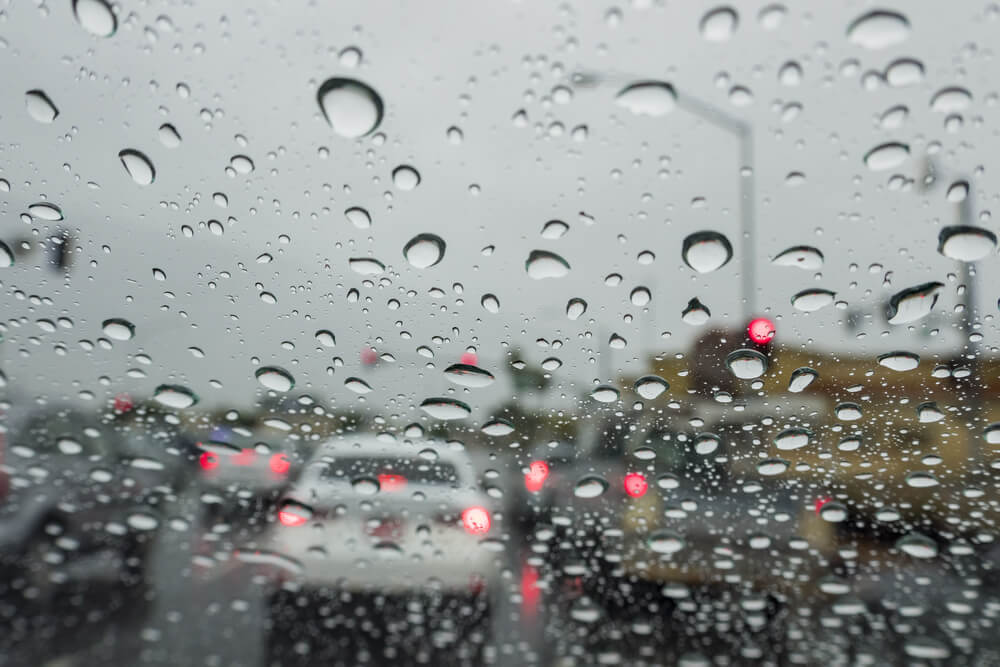

Remember these simple tips for driving in heavy rain to keep yourself and others on the road safer during bad weather. Heavy rain prediction can be unnerving, especially when you have a long car trip planned. While driving through puddles that have gathered along roadsides or medians is not advisable if possible, leaving extra room between yourself and other vehicles will give you necessary room should you be forced into watery areas by traffic and struggle with control of your vehicle.ĭriving in heavy rain can be challenging and dangerous. Keep your distance – You should leave extra room between yourself and other cars on the road because braking distance will likely be increased due to water on the pavement. The brighter and clearer your headlights are, the safer you will be in adverse weather conditions. If your headlights are old, scratched, dull and cloudy, consider having headlight restoration performed on your vehicle. Drive with your low beams on instead of high beams as your high beams can actually make it harder for you to see in the rain. Whether driving in fog in daylight or at night, turn on the. 6 If driving cannot be avoided, the following tips can help drivers remain safe: Use low-beam headlights. Fog Advisory, encouraging drivers to take extra caution on the road or avoid driving if possible. The more visible you are to other vehicles, the safer you are and the more likely you are to avoid unnecessary accidents. Local National Weather Service offices then issue a Dense. Run your headlights – Another tip for rainy weather is driving with headlights on (even during the daytime) for better visibility. Be mindful of likely puddling and flash flooding, which could potentially cause hydroplaning and steer clear of excess water when driving on wet roads. Take South Florida’s recent Tropical Storm Alex for example, the excessive rain caused flooding so bad cars could not move. Rain may not be avoidable so you need to be aware of any obstacles you may run into. This means driving with caution and anticipating that other drivers might not see your car on the road through the rain as well as they would if it were dry outside. This is important information to take into account when driving in Florida. Even if your windshield wiper blades are in good shape, a heavy rain can make it harder to see road signs and traffic signals, pavement markings, the edge of. Since driving fast is especially dangerous in rainy driving conditions, try to stick with lower speeds if possible and avoid driving too fast around turns or driving up and down hills.ĭrive defensively – Drive defensively in heavy rain. Driving too fast increases your risk of hydroplaning and skidding on water, where your tires lose their grip on the ground, and you actually end up driving on the surface of the water. Slow down – The first thing you should do when driving in heavy rain is slow your speed down. It’s important to understand the best way to handle driving in heavy rain before hitting the road. Driving in heavy rain can be as hazardous as driving in fog. Rainy driving can be scary, not only because it is difficult to see the roads through the windshield, but also because slippery conditions make driving much more challenging and dangerous. Drivers must take specific actions when they see vehicles with flashing or blinking blue.


 0 kommentar(er)
0 kommentar(er)
